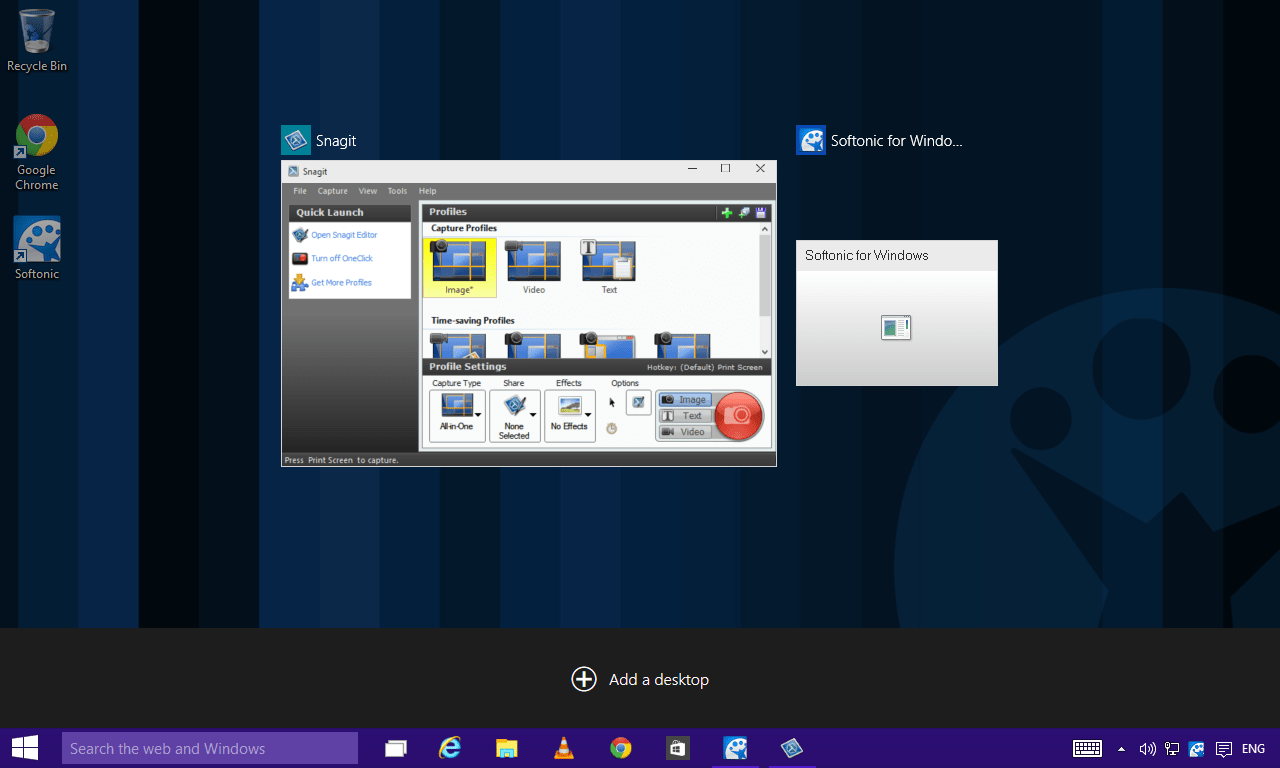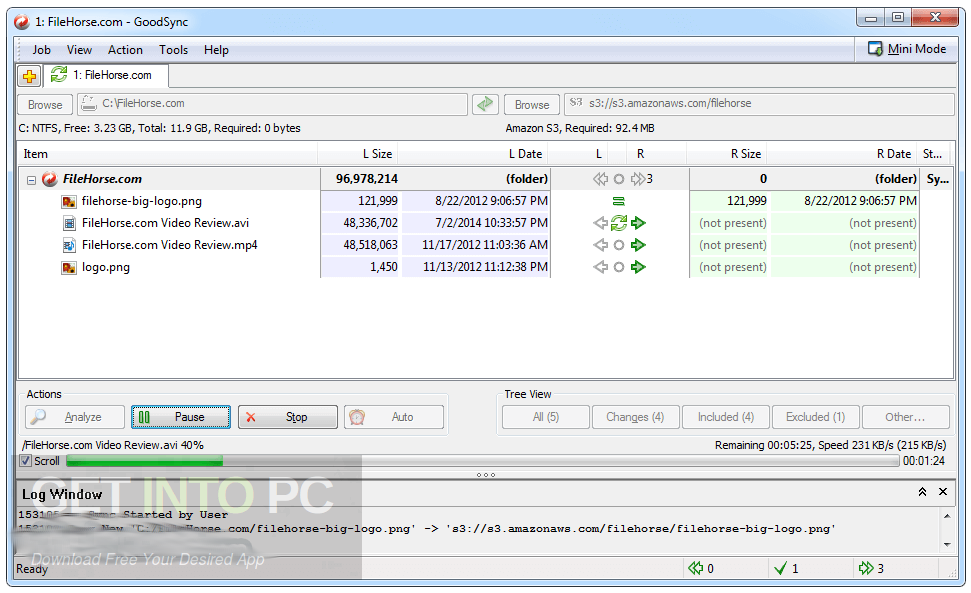
Use these command line options to activate GSYNC license. Lock file is created in sync folder by a running Sync job and it is deleted when the job finishes.ĭefault: No. If set to 'yes' then override lock files on Analyze. You should use this option only if there is no other GoodSync or GSYNC processes running on this computer, as this option deletes all qualifying log and temp files, including that of other running Goodsyncs. Old log files are defined as log files that are older than the number of days to retain the logs option. If set to 'no' then do not perform cleanup when GSYNC starts. If set to 'yes' then clean up old log files and temporary files when GSYNC starts. Print List of changes detected by Analyze to the log. Show progress messages when downloading or uploading files.
Goodsync version 10 full license#
If set then show current license and exit. If set then check whether this GSYNC version is current, report to stdout. If not specified, write global log to profile folder.Ġ - critical messages (job start and stop),Ģ - informational messages (default level) If set to no, then do not write out options that have default value, for shorter TIX file. If set to yes, then save options that have default value, when saving in TIX format. If not defined then load job list from file jobs.tic in the profile folder. If defined then load Job List and Global Options from the specified file in TIC or TIX format, depending on file extension. Path should be an absolute path on local computer.

On UNIX systems profile folder defaults to ~/.goodsync
Goodsync version 10 full windows#
If not specified, profile folder is 'C:\Users\User Name\AppData\Roaming\GoodSync' on Windows 7/8 or 'C:\Documents and Settings\User Name\Application Data\GoodSync' on Windows XP. GoodSync Profile folder - a folder from which GoodSync reads job list file, global options file, and to which it writes global logs. To take a job away from Runner Service and back into GUI GoodSync, uncheck the Unattended box in Job Options. Runner Service runs your jobs even when you are logged off from the computer. Runner Service is created when you put the first job into Unattended Auto mode. In Windows, if you have Unattended Jobs, they are run in Gsync Runner Service Do Not start 'gsync /runner-service' manually it is done only by OS means. It runs in Windows Service or MacOS launched process, Gsync /runner-service=(profile-folder-path) does the same thing as 'gsync /runner', only: If /runner option is not specified, then regular gsync options (listed below) apply.

To terminate Gsync Runner, send CTRL+C to its console. It does not consume any graphical resources, as it runs as a pure command line process.

It does not show any GUI, so job results become known through global and job logs. It starts and runs all jobs that are in Auto Mode, such as On File Change jobs. Gsync /runner models behavior of the GUI GoodSync, as it relates to Auto jobs: In the order in which jobs appear in Job List. GSYNC runs all jobs specified in the command line sequentially, It is also the standard version for Linux environments.Ĭommand line call has this general format: It is ideal for calling from batch files and other programs. GSYNC is the command line version of GoodSync.


 0 kommentar(er)
0 kommentar(er)
